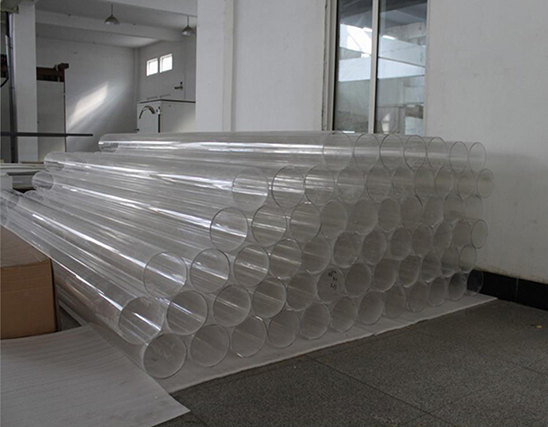
Donghai Brilliant Shi Ying Science and Technology Co., Ltd.
Contact: Shi Zong / Liu Jingli
mobiles phoness: 13961328662, 13851215392
Mailbox: 853266616@qq.com
Fax: 0518 - 8732280
Website: www.byllgroup.com
Address: Dong Ma Zhuang Village Industrial Park, Hump Township, Donghai County, Lianyungang City, Jiangsu Province
brief introduction
Secondary forming
Secondary molding is one of the methods of plastic molding. A method of making a plastic profile or parison into a desired shape by heating and external force.
The secondary molding is to heat the plastic profiles such as sheets, tubes, plates and the like obtained by the primary molding to make them in a rubber-like state, deform them into various simple shapes by the action of external forces, and then cool and shape them to obtain products. Secondary molding includes hollow blow molding, thermoforming, tentering film molding and other methods, and is only applicable to the molding of thermoplastics. Secondary forming is a method of forming on the basis of primary forming.
It mainly includes the following molding methods:
thermal forming
Thermoforming is a method of heating thermoplastic sheet material to soften and making it into a product by using appropriate molds or clamps under gas pressure, liquid pressure or mechanical pressure. There are many methods of plastic thermoforming, which can be generally divided into:
Molded by single mode ( male mold or female die ) or opposite mold, the sheet is made into various products by applying mechanical pressure or self - weight, which is different from one-step molding. This method is applicable to all thermoplastics.
The differential pressure molding adopts a single mode ( male mold or female die ) or a counter - mold, or it can be a molding method in which a plastic sheet heated to a soft state adheres to the mold surface under the action of gas differential pressure and is made into various products after cooling. Differential pressure forming can be divided into vacuum forming and pneumatic forming.
Thermoforming is particularly suitable for the manufacture of products with thin walls and large surface area. Commonly used plastic varieties include various types of polystyrene, plexiglass, polyvinyl chloride, ABS, polyethylene, polypropylene, polyamide, polycarbonate and polyethylene terephthalate.
The thermoforming equipment includes a clamping system, a heating system, a vacuum and compressed air system and a molding die.
biaxial drawing
In order to reorient molecules such as thermoplastic films or sheets, a biaxial stretching process is performed above the glass transition temperature. Tensile orientation should be carried out between the glass transition temperature and the melting point of the polymer. After directional stretching and rapid cooling to room temperature, the mechanical properties of the film or monofilament in the tensile direction are greatly improved.
Suitable polymers for directional stretching include polyvinyl chloride, polyethylene terephthalate, polyvinylidene chloride, polymethyl methacrylate, polyethylene, polypropylene, polystyrene and some styrene copolymers.
Solid - phase forming
Solid - phase molding is a method of molding thermoplastic profiles or blanks into products by using molds under pressure. The molding process is below the melting ( softening ) temperature of the plastic ( at least 10 - 20.degree. C. below the melting point ). All belong to solid-phase molding. Among them, the processing of non-crystalline plastics in the high elastic region above the glass transition temperature and below the melting point is often called hot forming, while the processing below the glass transition temperature is called cold forming or room temperature forming, and is also often called cold working or room temperature plastic processing of plastics.
The method has the following advantages: short production period; improving the toughness and strength of the product; The equipment is simple and can produce large and super-large products. Cost reduction. Disadvantages: It is difficult to produce products with complex and precise shapes; The production process is difficult to control and the products are easy to deform and crack.
Solid - phase forming includes: sheet rolling, deep drawing or sheet stamping, hydraulic forming, extrusion, cold stamping, roller forming, etc.
